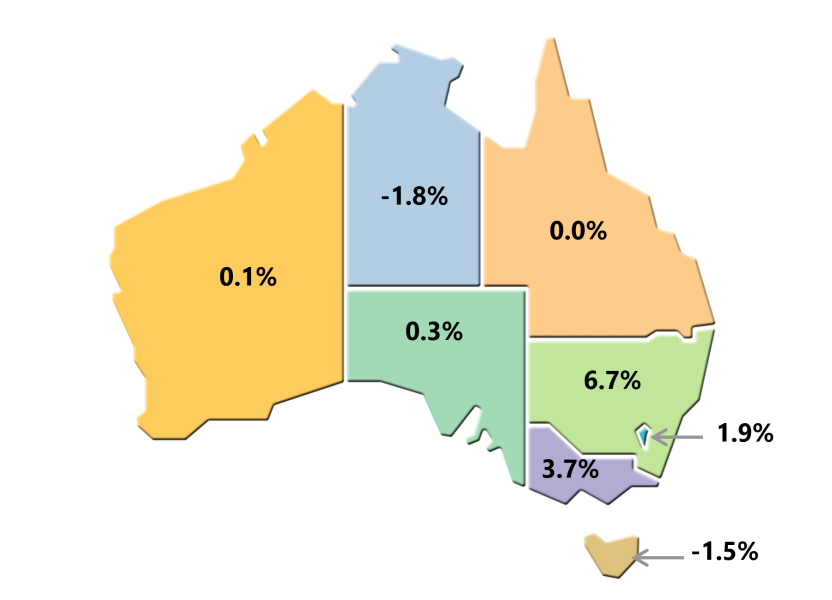Contributions to quarterly growth in household disposable income, current prices, seasonally adjusted
[["Dec-13","Mar-14","Jun-14","Sep-14","Dec-14","Mar-15","Jun-15","Sep-15","Dec-15","Mar-16","Jun-16","Sep-16","Dec-16","Mar-17","Jun-17","Sep-17","Dec-17","Mar-18","Jun-18","Sep-18","Dec-18","Mar-19","Jun-19","Sep-19","Dec-19","Mar-20","Jun-20","Sep-20","Dec-20","Mar-21","Jun-21","Sep-21","Dec-21"],[[1.8999999999999999],[1.1000000000000001],[1.6000000000000001],[0.80000000000000004],[1.2],[0.29999999999999999],[1.5],[0.29999999999999999],[-0.5],[0.69999999999999996],[1.2],[0.69999999999999996],[0.5],[1],[0.5],[0.59999999999999998],[1.8],[0.80000000000000004],[0.90000000000000002],[0.69999999999999996],[1.2],[1],[0.40000000000000002],[3],[-0.20000000000000001],[1.8],[3.3999999999999999],[3.1000000000000001],[-2.3999999999999999],[1.1000000000000001],[-0.20000000000000001],[4.5999999999999996],[-0.5]],[[1],[0.5],[0.59999999999999998],[0.5],[0.29999999999999999],[0.29999999999999999],[0.69999999999999996],[0.69999999999999996],[0.59999999999999998],[0.69999999999999996],[0.20000000000000001],[0.69999999999999996],[-0.20000000000000001],[0.69999999999999996],[1],[0.90000000000000002],[1.1000000000000001],[0.90000000000000002],[0.69999999999999996],[1],[0.80000000000000004],[1.1000000000000001],[1.1000000000000001],[0.80000000000000004],[0.69999999999999996],[0.69999999999999996],[-1.2],[1.5],[0.90000000000000002],[1.1000000000000001],[0.80000000000000004],[0.40000000000000002],[1.3999999999999999]],[[0.5],[0.10000000000000001],[0.5],[0.40000000000000002],[0.5],[0.20000000000000001],[0],[0.20000000000000001],[-0.69999999999999996],[-0.40000000000000002],[1.1000000000000001],[-0.10000000000000001],[1],[0.29999999999999999],[-0.59999999999999998],[-0.29999999999999999],[0.10000000000000001],[0.20000000000000001],[0.40000000000000002],[-0.29999999999999999],[-0.20000000000000001],[-0.10000000000000001],[-0.10000000000000001],[0.10000000000000001],[-0.10000000000000001],[0.10000000000000001],[2.2999999999999998],[1.2],[-1.7],[0],[0],[1.1000000000000001],[0.40000000000000002]],[[0.29999999999999999],[0.10000000000000001],[0.29999999999999999],[-0.10000000000000001],[0],[0],[-0.10000000000000001],[0.29999999999999999],[-0.29999999999999999],[0.20000000000000001],[0],[0],[-0.20000000000000001],[-0.20000000000000001],[0.10000000000000001],[0.10000000000000001],[0.10000000000000001],[-0.10000000000000001],[0],[0.10000000000000001],[0.20000000000000001],[-0.10000000000000001],[0.20000000000000001],[-0.10000000000000001],[0.10000000000000001],[0.5],[4.5999999999999996],[-0.29999999999999999],[-1.7],[-0.80000000000000004],[-1.2],[2.6000000000000001],[-1.3]]]
[]
{"0":{"value":"0","axis_id":"0","axis_title":"","axis_units":"","tooltip_units":"","table_units":"","axis_min":null,"axis_max":null,"tick_interval":"4","precision":"-1","data_unit_prefix":"","data_unit_suffix":"","reverse_axis":null},"reverse_axis":false}[{"value":"0","axis_id":"0","axis_title":"ppt","axis_units":"","tooltip_units":"(ppt)","table_units":"(ppt)","axis_min":"-4","axis_max":"8","tick_interval":"2","precision":"1","data_unit_prefix":"","data_unit_suffix":"","reverse_axis":false}]